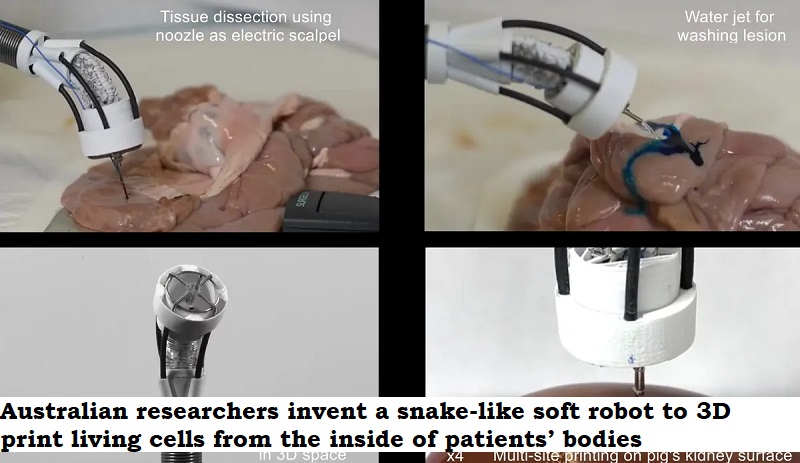
Scientists have made significant progress in the field of 3D bioprinting, which is the process of creating living tissues and organs using a printer. This technology could revolutionize the healthcare industry, enabling the creation of replacement organs and tissues to repair or replace damaged ones.
In traditional transplants, there is a risk of the recipient’s body rejecting the donated tissue or organ, and the availability of donors is limited. 3D bioprinting could potentially solve these issues by creating tissues and organs using the patient’s own cells, reducing the risk of rejection and increasing the availability of organs for transplantation.
The process of 3D bioprinting involves creating a scaffold, or framework, on which cells can grow and differentiate into the desired tissue or organ. The scaffold can be made from a variety of materials, including plastics, metals, and biological materials such as collagen.
Once the scaffold is created, cells are added to it in a process called bioink, which is similar to regular ink in a printer. The cells then grow and differentiate into the desired tissue or organ, guided by the scaffold.
Researchers have already successfully 3D bioprinted organs such as hearts, lungs, and kidneys, and have implanted them into animals. While there is still a long way to go before 3D bioprinted organs can be used in humans, the technology has enormous potential to transform healthcare and save lives.

Post Your Comments